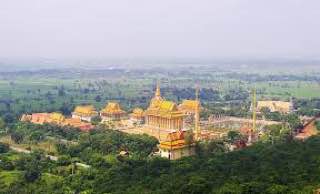Big Group Sunrise Tour in Siem Reap 4:30 Am to 9:00 Am - Siem Reap - Tuk Tuk Tour Siem Reap
Siem Reap Province, Cambodia
Duration
4 Hours
Tour Type
Culture
Group Size
5 persons
Location
Siem Reap
Overview
In 1177, approximately 27 years after the death of Suryavarman II, Angkor was sacked by the Chams, the traditional enemies of the Khmer. Thereafter the empire was restored by a new king, Jayavarman VII, who established a new capital and state temple (Angkor Thom and the Bayon, respectively), a few kilometers north, dedicated to Buddhism, because the king believed that the Hindu gods had failed him. Angkor Wat was therefore also gradually converted into a Buddhist site, and many Hindu sculptures were replaced by Buddhist art. Towards the end of the 12th century, Angkor Wat gradually transformed from a Hindu center of worship to Buddhism, which continues to the present day. Angkor Wat is unusual among the Angkor temples in that although it was largely neglected after the 16th century, it was never completely abandoned. Fourteen inscriptions dated from the 17th century, discovered in the Angkor area, testify to Japanese Buddhist pilgrims that had established small settlements alongside Khmer locals. At that time, the temple was thought by Japanese visitors to be the famed Jetavana garden of the Buddha, which was originally located in the kingdom of Magadha, India. The best-known inscription tells of Ukondayu
Tour highlight
+ Angkor Wat Temple
***Note Pick up at 4:30 am / drop off time 9:00 am
Policy
Cannot travel anywhere else on tour.
Cancellation Policy
For a full refund, cancellation must be made more than 48 hours or at least 24 hours before the start date arrival
Included
Tour Location
Reviews
Extra prices:
- {{total_price_html}}
- {{pay_now_price_html}}





